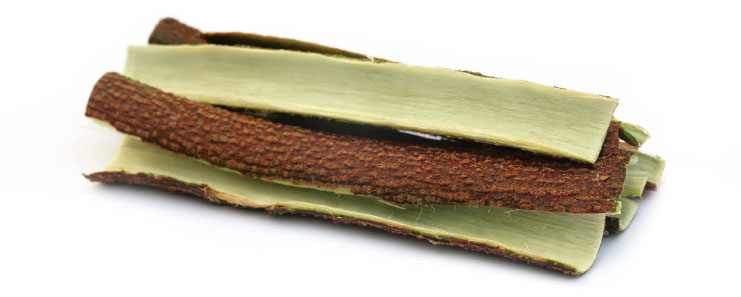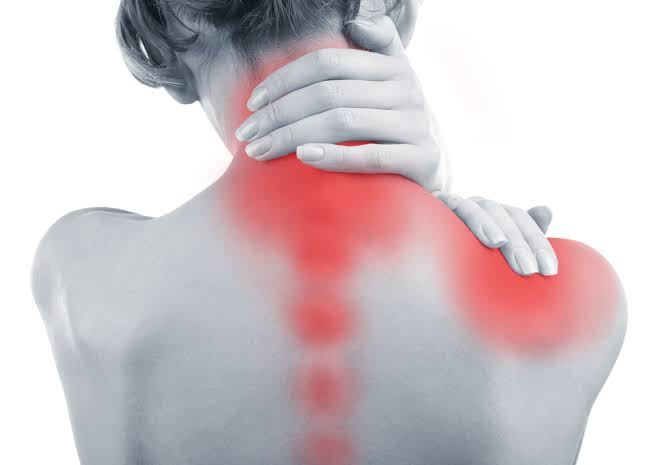Neem commonly growing tree in Northern India is considered as a healing power by people residing there.
Every part of this tree is used to make medicines for various diseases in Ayurveda, Alopathy or in Homeopathy.
HEALTH BENEFITS
Let's come to the point of this article , as we all know Neem since the historical period is considered as a holy tree, in most of the parts of India people used to worship this tree not because there is god in this but because our ancestors were aware about the benefits of this tree and as a legacy many braught this up and many forgot and started beleiveing in modern medications.
Below are some benefits of this tree:-
LEAVES:-
Neem leaves are dried in India and placed in cupboards to prevent insects eating the clothes, and also in tins where rice is stored.
it's green leaves are used to kill germs, bacteria or harmful worm of stomach.
Paste of the leaves is used as a mask to remove pimples from face
Neem oil and leaves have the ability to cause some forms of toxic encephalopathy and ophthalmopathy if consumed in any quantity
Neem leaf is used for leprosy, eye disorders, bloody nose, intestinal worms, stomach upset, loss of appetite, skin ulcers, diseases of the heart and blood vessels (cardiovascular disease), fever, diabetes, gum disease (gingivitis), and liver problems.
The leaf is also used for birth control and to cause abortions.
Reaserches has shown that leave powder of Neem is used for washing hairs to stop dandruff and hair fall.
Neem leaf and its constituents have been demonstrated to exhibit immunomodulatory, anti-inflammatory, antihyperglycaemic, antiulcer, antimalarial, antifungal, antibacterial, antiviral, antioxidant, antimutagenic and anticarcinogenic properties. This review summarises the wide range of pharmacological activities of neem leaf.
BARK :-
The bark is used for malaria, stomach and intestinal ulcers, skin diseases, pain, and fever.
The bark of the neem tree has antiseptic and astringent properties, which helps heal wounds.
Extracts made from neem bark have antioxidant properties.
It also acts as a coolant.
Few best benfits:-
ward off tiredness
treat worms
control fever
treat loss of appetite
clean teeth
balance the Kapha constitution
prevents bleeding gums, tooth decay, and bad breath.
. Uses of neem powder
A) Neem powder is used in mouthwash products
B) It helps you deal with stomach upsets.
C) It helps boost your immune system
How to use it:
Add neem powder to boiling water. Keep overnight. Allow the mixture to steep for 2 days. Strain the liquid and use it in a diluted state for mouthwash. This was India’s ancient remedy preceding toothpaste and breath fresheners.
Neem oil:
1. Skin conditions
(i) Is acne embarrassing you? Do you suffer from psoriasis, eczema, ringworm, and stubborn warts? Neem oil is remarkably effective in getting rid of these skin conditions.
(ii) It is also an essential element in cosmetics. Neem oil is known to help rejuvenate and beautify your skin.
Note: If you are using store-bought neem oil, ensure that you use high-quality neem oil.
2. Haircare
This can help get rid of dandruff. It also helps in the growth of thicker and stronger hair. So, if you are suffering from hair loss, neem oil is an effective remedy.
How to do it:
Apply neem oil to your scalp and gently massage. Leave it for about 30 minutes. Wash your hair with shampoo and conditioner.
3. Digestive disorders
If you are among those who suffer from gastric problems like ulcers, neem can help ease the pain by removing toxins in the body.
You can make juices from neem flowers or add the leaves in drinks such as aamras (mango juice) to enjoy the benefits of neem.
4. Parasitic diseases
Neem extracts have the ability to destroy parasites – internal and external, as they have hormone mimics. These don’t allow the eggs of the parasite to hatch also preventing their ability to feed.
How to make neem oil at home:
(a) Take a few sprigs of neem and tulsi (basil) leaves. Wash well and dry.
(b) Mix with a little water (just enough to help grind) in a blender and keep the paste aside.
(c) In another pan, warm some coconut or sesame oil, the base for preparing neem oil.
(d) Add the paste in the oil and keep over a low flame for 15-20 minutes, allowing the oil to be absorbed by the neem paste.
(e) Remove from the flame and cool for 2 hours.
(f) Strain the mixture.
(g) Keep the neem oil in a closed container free from moisture.
THE FLOWER:-
The flower is used for reducing bile
controlling phlegm
treating intestinal worms.
To lose weight, it is advisable to consume neem leaves and neem flowers. It improves the metabolic rate of the body. As a result, the work of burning calories and reducing fat is also rapid. Therefore, people have started using it for weight loss as well. If you too are looking for a natural way to lose weight, which is safe and good. So, a recipe prepared with neem flowers may also work for you. Fresh neem flowers are used for this.
We have discussed many benefits of Neem tree but as we know excess of everything is harmful in our life . We must be aware some its side effects also, here are few:-
1)
Neem is POSSIBLY SAFE for most adults when taken by mouth for up to 10 weeks, when applied inside the mouth for up to 6 weeks, or when applied to the skin for up to 2 weeks. When neem is taken in large doses or for long periods of time, it is POSSIBLY UNSAFE. It might harm the kidneys and liver.
2)
These serious side effects include vomiting, diarrhea, drowsiness, blood disorders, seizures, loss of consciousness, coma, brain disorders, and death.
3)
Can be harmful in breast feeding because no enough info is available on this. So taking safe side one must avoid it.
4)
Can lower sugar lowel too low so if you have diabetes and taking Neem than monitor your sugar level at regular intervals of time.
5)
Reduced ability to have children (infertility): There is some evidence that neem can harm sperm. It might also reduce fertility in other ways. If you are trying to have children, avoid using neem.
Stay healthy
Hope you liked this article for more articles on health kindly visit the following link .
SAM TALK






























